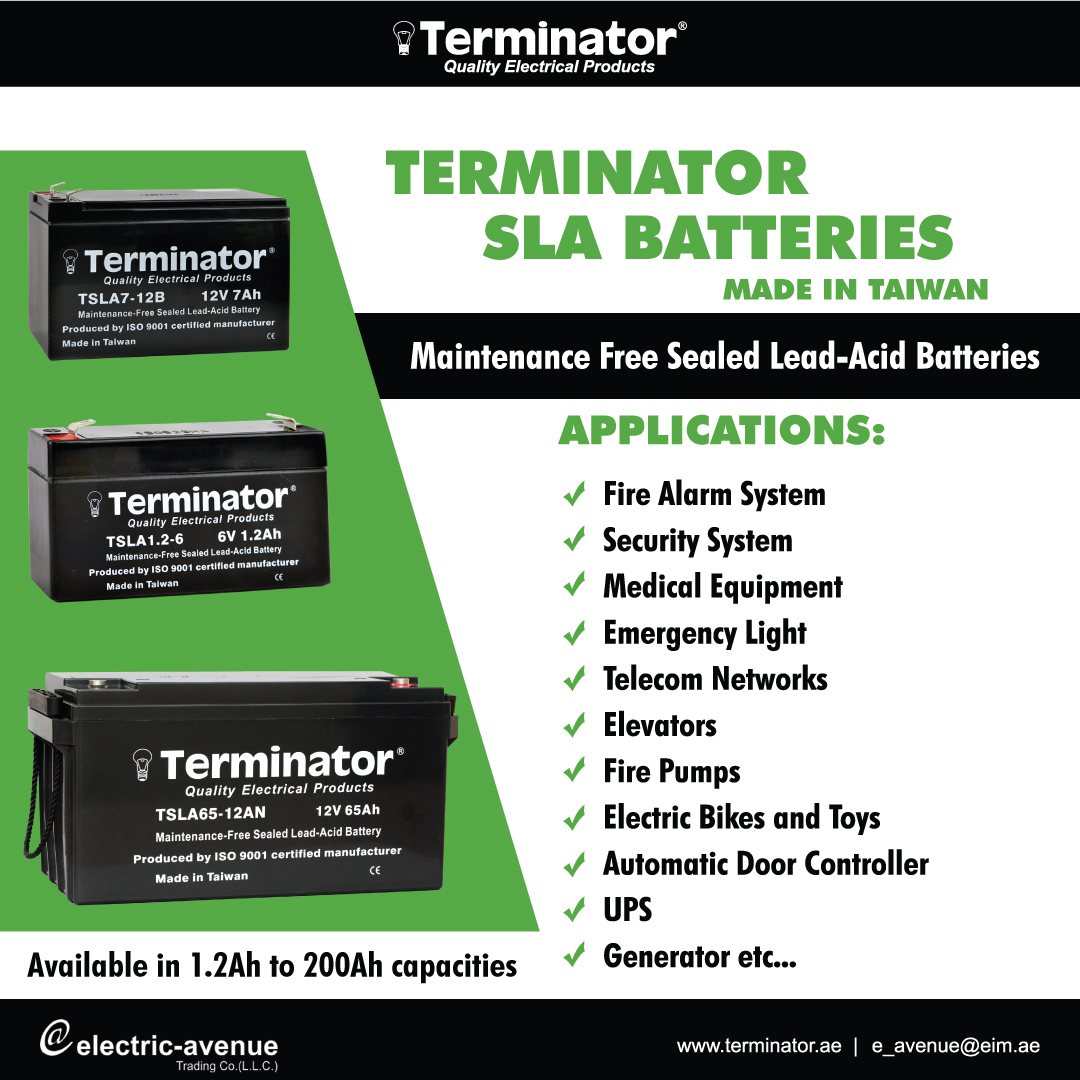Travel adaptors and multi-plugs are handy tools. They let you power your devices wherever you are. However, using them incorrectly can lead to serious risks. This guide will discuss safety tips for using multi and travel adaptors to help you stay safe while keeping your gadgets charged.
1. Know the Basics of Travel Adaptors
Travel adaptors are not transformers. They only fit your device’s plug into a foreign socket. They don’t change voltage.
For example, the U.S. uses 120 volts, but Europe often uses 220 volts. The United Arab Emirates (UAE) uses a standard voltage of 230 volts with a frequency of 50 Hz. This is similar to most European countries, making devices designed for 220–240 volts compatible in the UAE. Plugging in without checking the voltage can damage your device or even cause fires. Always check your device’s voltage range before use.
2. Choose Quality Over Price
Cheap adaptors may save money upfront but can cost you more in the long run. Poor-quality adaptors often lack safety certifications. This makes them prone to overheating and short-circuiting.
Always look for a premium quality travel adaptors following manufacturing standards. These certifications mean the product meets safety standards. Browse through wide inventory of travel adaptors at Electric Avenue.
3. Check Compatibility
Not all adaptors work everywhere. Double-check that the adaptor matches the sockets in your destination country. Use tools like online plug-type maps to identify the correct adaptor. Multi-adaptors are great for covering multiple countries, but ensure they’re compatible with all the plug types you need.
4. Don’t Overload the Adaptor
Adaptors have a maximum power limit, often measured in amps or watts. Overloading them can lead to overheating. For example, charging multiple devices on a single adaptor may exceed its capacity. Always read the adaptor’s manual to understand its limits.
Quick Tip
To calculate the total load, multiply the voltage (V) by the device’s current (A). If your device uses 220V and 2A, its power load is 440 watts.
5. Avoid Using Adaptors Long-Term
Travel adaptors are temporary solutions. They aren’t meant for daily or permanent use.
For long stays, consider buying an appliance with a native plug or investing in a voltage converter. Long-term use of adaptors can loosen connections, increasing fire risks.
6. Inspect for Damage
Before using any adaptor, check for cracks, loose pins, or exposed wires. Damaged adaptors are dangerous and can cause shocks or fires. Replace them immediately if you notice any defects. Regular inspections are especially important if the adaptor has been in storage.
7. Keep Adaptors Ventilated
Adaptors can heat up, especially when used for long periods. Always place them in open, well-ventilated areas. Avoid covering them with fabrics or placing them near flammable materials.
8. Beware of Power Surges
Travel adaptors don’t protect against power surges. In regions with unstable electricity, surges can fry your devices. Invest in a surge-protecting adaptor for better safety. These models can handle sudden voltage spikes, protecting your gadgets.
9. Use USB Ports Smartly
Many modern adaptors come with USB ports. While convenient, these ports may not provide enough power for larger devices. For example, laptops need higher wattage than a typical USB port can provide. Use dedicated chargers for power-hungry devices.
10. Turn Off When Not in Use
Leaving adaptors plugged in without devices attached wastes energy and poses risks. Unplug them when not in use. This simple habit reduces wear and keeps you safer.
11. Teach Kids About Electrical Safety
If you’re traveling with kids, educate them on adaptor safety. Warn them about the dangers of sticking fingers or objects into sockets. Use child-proof adaptors if necessary.
12. Plan for Emergencies
Despite all precautions, things can still go wrong. Carry a small fire extinguisher or have emergency contact numbers handy. In case of electrical malfunctions, disconnect the adaptor immediately.
In Summary
Travel adaptors are lifesavers, but they must be used wisely. By choosing high-quality products, respecting power limits, and staying vigilant, you can avoid risks. Safety always comes first, so take the time to check your setup before you plug in. Safe travels!



